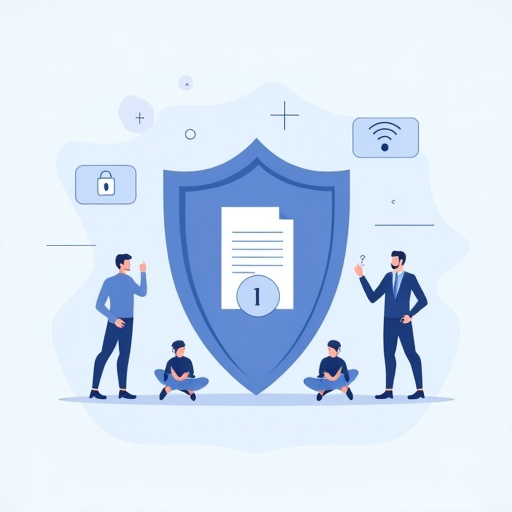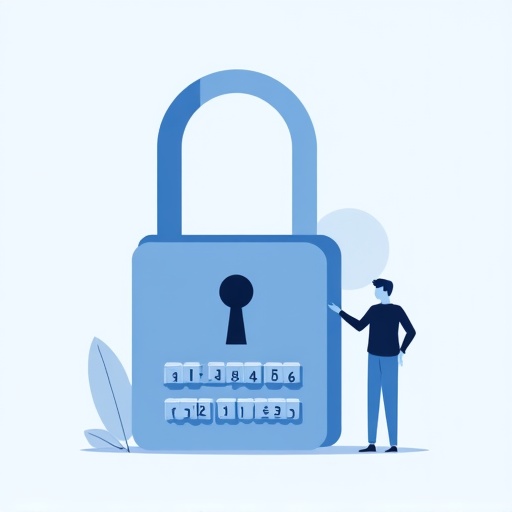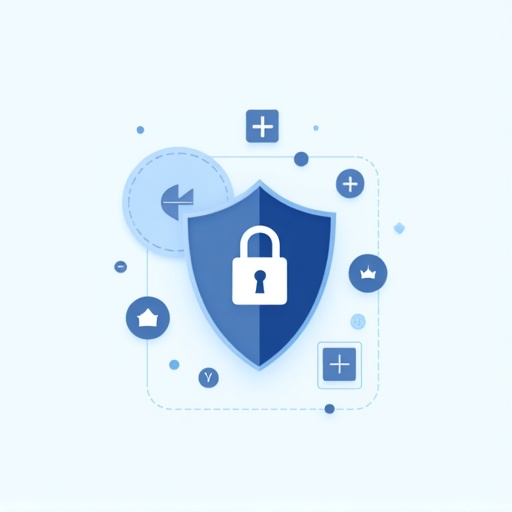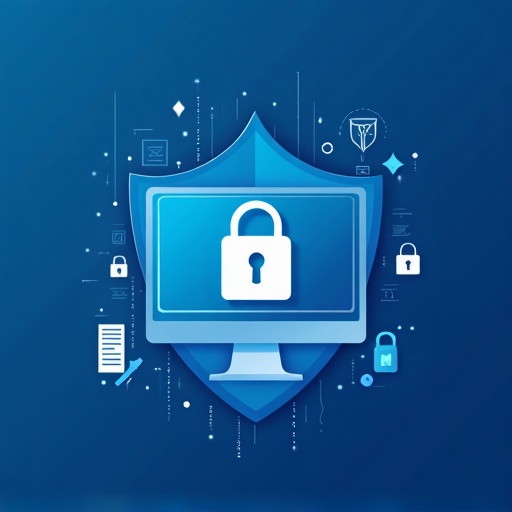Small Business Cybersecurity Best Practices

Many small business owners think cybersecurity is something only large corporations need to worry about, but your company is at risk from online threats just as any big business. That is why this practical guide discusses cybersecurity steps that are careful of your business and will not put you out of house and home. In the series, we will cover things like how to enforce strong password policies that actually work, securing your network from some common attacks and security solutions that are affordable yet offers you maximum security at least investments.
Small Business Cybersecurity Risks Explained
Common threats targeting small businesses
Every day, small businesses are bombarded with cyber threats. Ransomware is when all your important files and folders are encrypted and you have to pay the ransom demanded. Employees fell for phishing scams and divulged their password. Malware silently steals customer info. The scary part? The worst are the owners that say “we’re too small to be a target” as many attacks succeed this way.
Stop me when this sounds familiar:
It’s not surprising when data breaches happen to small businesses — hackers love them as the quintessential vulnerability double threat. Small security budgets leads to aging software and no IT staff. Concept of easy entry — low investment in employee training. You could also own a ton of client data without having enterprise- level protection. Criminals rely that you are resolved in paying ransoms to continue with your operation.
Essential Security Policies and Procedures

Creating a comprehensive security policy
Winging cybersecurity is not an option for small business You should have a written policy that details how data is managed, where it lives, and how it will be secured. Include your incident response plans, password requirements and acceptable use guidelines. And that becomes your roadmap for cybersecurity.
Access control management
Who can access what? That’s the million-dollar question. Adhere to the principle of least privilege — only give employees access to what they absolutely need. This includes strong authentication, and useful (to be read as regular) permission reviews and employee off-boarding to make sure that users from title/market churn stop before they even begin.
Implementing Strong Password Practices
Password creation guidelines

Living on a prayer: weak passwords are the same as leaving your front door wide open. Use complex and at least 12 characters length of combined letters, numbers and special characters to create unique passwords. No pet names or birthdays! No more “What was that password again?” nightmare.
Multi-factor authentication benefits
MFA is your digital bodyguard. So when a hacker gets past your password, MFA throws up a brick wall with that second verification step. I mean… it’s a little like getting a deadbolt after someone jimmies your lock open, right? Using MFA reduced the number of compromised accounts for small businesses by 99.9%. Service Providers Impact Worth the extra second, right?
Securing Your Network Infrastructure
Secure Wi-Fi Network Setup
So these hackers are in love with poorly secured Wi-Fi networks. They are just wide-open doors to your business data. Enable WPA3 Encryption UseStrong Network Passwords HideYourSSID SetupGuestNetwork Most of the network intruders can be blocked immediate following these basic steps.
Remote access with Virtual Private Networks (VPNs)
Bad players will look for ways to disrupt those new practices, and the remote work that you foresee today is going to be a target. VPNs establish encrypted tunnels for your team to connect with company resources safely from coffee shops, home offices or airports. They hide IP addresses and hide personal data from predators on public networks.
Data Protection Strategies
Data encryption fundamentals

Look, cybercriminals want your data. Bad. Then, encryption mixes it into an indecipherable mess that only you know how to unravel. From now on it is mandatory – encrypt your devices, emails and all cloud storage. When hackars break in (and they will want to), instead of customer credit cards, Theyre going to get pointless jumbled code.
Regular backup procedures
3-2-1 backup rule, no compromise on this: 3 copies (one offsite), on 2 different media types Automate Daily Backups and Test Them Every Month The last thing you want to do is feel safe while your data gets encrypted and you realize that the backup failed.
Software and System Security
A. Regular system and software updates
Old software means you might as well leave your front door open. Every Windows 10 security update addresses known vulnerabilities that hackers love to exploit. Choose automatic updates when available, particularly for operating systems and security software. So stop turning down all of those update notifications – they are actually saving your enterprise.
B. Secure software selection criteria

2) Feature greedyWhen selecting business software, do not only operate searching for feature sets. Ask: Does it offer encryption? How’s their security track record? Does it play well with the security tools you already have? While free might be appealing, established solutions with regular patches often offer better protection against ever-evolving threats.
Working with Third-Party Vendors
Vendor security assessment checklist
So your data should not just be entrusted to vendors – they must first verify safety. Encryption strategies, breach history, compliance certifications, access controls, a basic checklist to go through. Believe me, this little step can save you a HUGE headache later on.
Contractual security requirements
You need to put teeth in your vendor contracts when it comes to security. Provide checklists of data-handling requirement, timelines for notification in case of breach, and clauses concerning liability. If you do not have any written requirements, you might as well be waving your digital keys goodbye and saying ‘good luck.
Cybersecurity on a Budget
Free and low-cost security tools

Even though you may not have deep pockets, you can still safeguard your small business. Bitwarden — for free password management, Malwarebytes — if you want sensible malware protection on a tight budget. Open-source firewalls like OPNsense and free versions of business VPNs are able to offer protection for your network without costing you an arm and a leg.
Keeping your small business secure online doesn’t need to be complex or even expensive. You can minimize your vulnerability simply by deploying basic security policies, have strong password practices and network protection. A solid data protection strategy is further reinforced by doing regular backups, training employees, and thoroughly investigating third-party vendors.
Always bear in mind that Cybersecurity is not a finished work; it is an ongoing process. You should first apply the basic steps described in this guide and then begin increasing the level of security in line with the growth of your business. With a few simple modifications, you can develop a protective framework that won’t break the bank when effectively guarding against threats to your company’s assets and consumer data in an ever-evolving digital world!